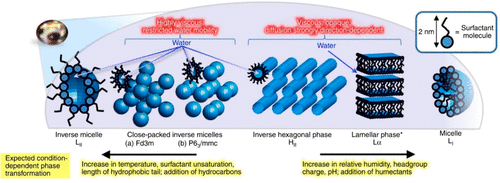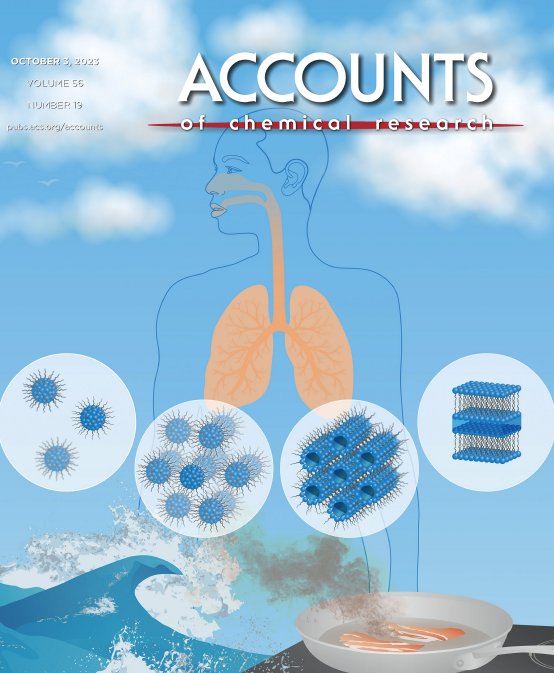This study was carried out with the aim to better understand the behaviour of substances such as cooking oils within our atmosphere. This may then reveal their significance in climate and air quality trends and help scientists to develop advisory polices for industries who produce them.
The group have been specifically studying a process known as self-assembly that is observed in both natural and human-made molecular structures within our atmosphere. This process sees individual molecules interact to form patterns and layers, which can build up to form films over surfaces or liquids and make it difficult for even small particles to break through. The most reactive parts of the structure are often concealed behind these films, and if outside particles cannot access this it will slow the usual decay and break down of the substance. It is therefore believed that the formation of self-assembly films may contribute to the longevity of polluting substances such as fatty acids in our atmosphere, and in turn result in decreased air quality.

![]()
![]()
Image credit: Molecular Self-Organization in Surfactant Atmospheric Aerosol Proxies | Accounts of Chemical Research (acs.org)
This investigation focused on the study of oleic acid as a pollutant from cooking emissions. Proxy samples were engineered and used to replicate the formations found in the atmosphere, which were then turned into the thin films of repeating molecular structure that are observed in self-assembly. The team analysed the development of this viscous film over aerosol particles and how this affects the usual decay that would be expected of them in the atmosphere. Their results showed that the aerosols became less reactive with atmospheric gases such as ozone when covered in the film, therefore slowing their degradation significantly. Furthermore, when exposed to ozone the films became more prone to taking up water. Aerosols form droplets when water condenses around them in this way, which can be breathed in by humans and potentially affect our health.
The oleic acid samples were studied through a method known as acoustic levitation, where sound holds an object in its natural environment without a surface such as a microscope slide touching it. Previously, this has also been achieved through laser trapping, a technique where a laser holds an object in a similar way to tweezers in order to manoeuvre and study it. This reduces any uncertainty on the results drawn from interaction with another surface that would not be present in 'real world' conditions. Through beamline I22 at Diamond Light Source, the researchers used small angle X-ray scattering to examine the structure of the samples.
As co-investigator from the CLF, Dr Andy Ward also employed the use of CLF lasers, spectrographs, and optics at the Diamond beamline as part of this experiment. Together with the techniques provided by Diamond, this equipment allowed the group to explore vibrational spectroscopy with their samples. This method utilises Raman and infrared spectroscopies, both of which are related to the vibrational energies of the molecules, to determine structural information. These laser-based techniques helped the team to uncover where the most reactive bonds of the aerosol structure would be located, allowing them to draw conclusions about the self-assembly film and its consequences.
![]()
![]()

Image credit: Molecular Self-Organization in Surfactant Atmospheric Aerosol Proxies | Accounts of Chemical Research (acs.org)
As the formation of self-assembly films in substances such as oleic acid significantly slows the breakdown of aerosols in the atmosphere, this may now be considered in widespread advice concerning the production of cooking oils. Fatty acids appear to increase the longevity of pollutants in the atmosphere, and this may be crucial in helping scientists understand the effect these compounds have on air quality and our climate.
The full paper may be read at: https://doi.org/10.1021/acs.accounts.3c00194
